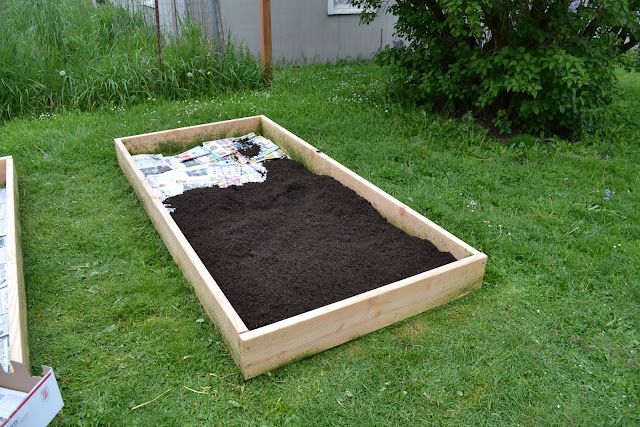When it comes to preparing your garden beds for a bountiful harvest, using high-quality compost is essential. Compost acts as a natural fertilizer, providing nutrients for your plants. It also improves soil structure, texture, and water retention. With so many compost options available, how do you know which one is right for your garden? Keep reading as I break down the key factors in choosing the best compost for your vegetable beds, flower beds, and other garden areas.
What Makes a Quality Compost?
The best compost contains a diverse blend of decomposed organic materials, resulting in a loose, crumbly texture and dark brown to black color. Quality compost has a pleasant, earthy aroma. It should not have a strong ammonia smell, which indicates it is not fully broken down.
Good compost provides a balanced mix of macronutrients plants need – nitrogen, phosphorus, and potassium (N-P-K). It also contains many essential micronutrients. A quality compost has beneficial microorganisms like bacteria and fungi which continue to condition the soil in your garden bed.
When shopping for compost, look for types designed specifically for gardens rather than generic multipurpose compost. Seek out compost made from sustainably sourced, organic materials. This avoids chemical contaminants. Local compost sources are ideal to match your regional soil needs.
Bagged or Bulk Compost
Compost can be purchased bagged or in bulk. Bagged compost is readily available at garden centers, hardware stores, and online retailers. Bulk compost can be sourced from landscaping supply companies or municipal green waste programs.
Smaller gardens often prefer bagged compost for convenience and to avoid having excess. But bulk compost may be more economical for large gardens. When buying bagged compost break open a bag and inspect it before purchasing a large quantity. Check for any odors, insects plastic, or other unwanted materials.
If you buy bulk compost, try to see the pile in person to get an idea of how good it is. If you buy from a landscape company, ask them what ingredients they use and how they compost their waste.
Best Uses in the Garden
Compost can be worked into garden beds in a variety of ways
-
As a soil amendment when establishing new beds. Mix 2-4 inches of compost into the top 6-12 inches of native soil.
-
Spread a layer of mulch about 1 to 3 inches thick around plants to keep water in and keep weeds down.
-
As planting mix for potted plants, raised beds, and seed starting. Combine compost with vermiculite, perlite, coco coir or peat moss.
-
To make compost tea, steep compost in water and use as a liquid fertilizer.
Vegetable gardens, annual flower beds, and lawns benefit the most from regular compost applications. It also enhances the soil around trees, shrubs, and perennials.
Recommended Composts
Here are some top-rated compost brands for improving your garden beds:
1. Espoma Organic Garden Compost
-
Made from aerobically composted turkey litter, sphagnum peat moss, and cocoa hulls.
-
Provides an evenly balanced 2-2-2 NPK fertilizer ratio.
-
pH-adjusted to neutral level optimal for vegetables and flowers.
2. Dr. Earth Organic Compost
-
Blend of plant materials composted for over 18 months to create rich humus.
-
Includes Dr. Earth’s proprietary blend of microbial inoculants.
-
Provides key nutrients with a 5-5-5 NPK rating.
3. Black Gold Organic Compost
-
Contains composted forest products, peat moss, and poultry litter.
-
Balanced 2-2-2 NPK ratio fertilizes for 3 months.
-
USDA certified organic, suitable for organic gardening.
4. Miracle-Gro Organic Choice Garden Soil
-
Crafted from forest humus, compost, peat moss, and nourishing plant meals.
-
Feeds for up to 3 months with a 0.5-0.5-0.5 NPK ratio.
-
Certified organic materials approved for organic gardening.
Making Homemade Compost
For gardeners keen on recycling their own household waste, homemade compost is a great option. Pieces of fruit and vegetable peels, eggshells, coffee grounds, leaves, grass clippings and more can all be composted at home and then returned to nourish your garden beds.
Home composting does take more time and effort than buying ready-made compost. But the payoff is free organic matter and a chance to actively improve your soil health. Start a backyard compost bin or pile, and check out my tips on how to compost at home successfully.
Improving Garden Beds Over Time
While compost offers immediate benefits, the positive impacts on your soil increase over years of repeated applications. Layer compost annually or biannually to boost nutrients and organic matter in your garden beds.
Test your soil pH and nutrient levels every 2-3 years. You can adjust your compost or fertilizer additions based on the results. Over time, compost enhances moisture retention, soil workability, and microbial activity to create an ideal growing environment for your plants.
By choosing quality compost matched to your specific garden needs, and applying it consistently, you’ll notice substantial improvements in the productivity and health of your garden beds. Pay close attention to the composition, smell, and feel of different composts to make the best selection. Then get ready to enjoy thriving, bountiful flowers, vegetables, and other plants in your enriched garden beds.
How to Choose BAGGED SOIL for Your Garden
FAQ
What is the best compost for vegetables in raised beds?
What is the best soil mixture for raised garden beds?
What is the best compost for bedding plants?
Should I put compost in my garden bed?
- The Ultimate Guide to Growing Strawberries in Raised Beds - August 8, 2025
- No-Dig Garden Beds: The Easiest Way to Grow a Beautiful Garden - August 6, 2025
- How to Protect and Preserve Wood for Raised Garden Beds - August 6, 2025

